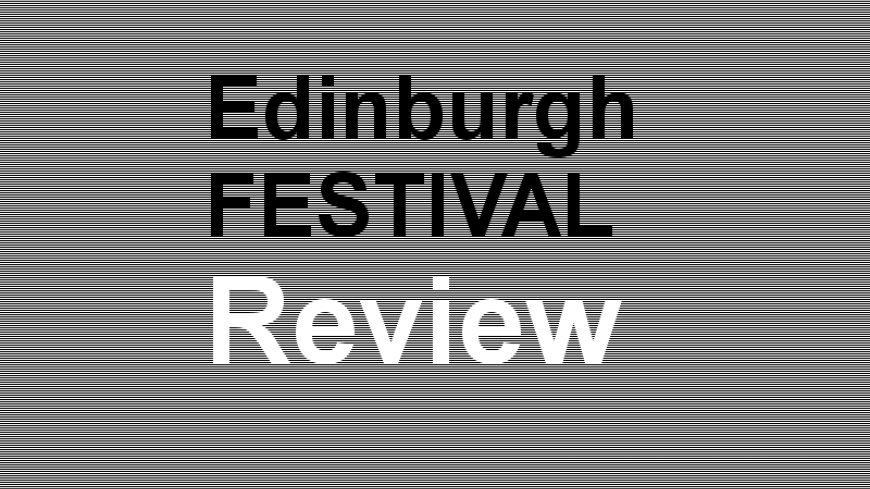
Once or twice in a generation music presents you with a performance that goes straight to the subliminal core of your being, where words cannot describe what it does to your emotions. And if you're lucky, everybody else feels that too in a live concert.
That's what happened today when John Williams stepped onto the Queen's Hall
stage. If, like me, you're of 'a certain age' you're a contemporary, growing
into music at a time when jazz was feisty, foreign holidays were getting under
way and the Spanish guitar became an enduring love while being serenaded on
balmy, magical nights on Mallorca, when it too was little known.
John Williams
© Kathy Panama
So there he was, older, receding white hair, no glasses, just a quiet, unfussy
man, a stool and a glorious guitar. Let the magic begin!
Now, what I really wanted to write was: Superb. Fantastic. Great musician.
Great music from my guitar god. Stunning evocative sound pictures. A once in
a life time experience, made more so by the rare opportunity to hear John Williams
the composer, playing not just the three pieces on the programme but four! Phenomenal
performance. John Williams raised my love affair with the guitar several more
notches. Thank you John - and Jonathan Mills, the new Director of the EIF. What
more is there to say?
But I have to write about the programme... So here goes. All facets of my musical
tastes were set out for my delectation. Three very different keyboard sonatas by Domenico Scarlatti (son of Alessandro)showed John Williams' stunning technique, virtuosity and (presumbably) his mastery of transcription for the guitar. The second sonata reminded me irresistibly of the great Goerman/Taskin harpsichord's lute stop in nearby St Cecilia's Hall.
Albéniz' Asturias from Leyenda, jet-propelled me back to
my first Spanish lessons' fun half hour, for this was one of my teacher's favourite
pieces that we studied and grew to love. Closed eyes time here: John's vivid
playing made that region and those days live again for me. Mallorca,
the island of my first holiday, followed. Need I say more? The stunning
glitter of notes describing the Torre Bermeja evoked Andalucian, Moorish
influences.
The bridge between classical and modern music for the guitar that was Domeniconi's
Koyunbaba, was played before the interval because of tricky tuning changes.
The scene was now South West Turkey. John's introduction to this piece was intriguing:
Koyunbaba played by the composer is never anything like it's written
(composer's privilege). So John was sticking to the written version whose architechture
and mysticim fascinated him. Here was a lovely melding of jazz, traditional,
modern, making a mesmerising whole ending almost like a snatch of a a Czerny
study. A tour de force.
In homage to his harmony teacher in London, the second half opened with Stephen
Dodgson's Fantasy-Divisions (aka Variations). These short pieces, played
continuously, gave us delicacy, nimbleness, contrasts, ranging through delicate
plucking, rhythmic mood, jazz to dance. Especially impressive was the slow,
lutenish resonance of its 'Poco lento' division.
Djilili took us to Australia to hear Peter Sculthorpe's haunting, evocative
sound painting of its unique, Aboriginal landscape for which he feels a deep
connection. Djilili means "whistling duck on the billabong"
and, again, warm, dark, magic-laden nights shone through. This guitar version
had its premiere in October 2003 - played by John Williams. The enthusiastic
applause intensified when John called the composer himself to the platform to
take his bow.
And now for the icing on the cake. Into the three original choices of his own
music, John inserted Open end to make a nosegay of pellucid, lyrical
music sometimes playing fluttering top notes above lower chords and ending with
Hello Francis, dedicated to "All Francises everywhere and especially to
his friend for whom music means 'peace, communication and happiness'".
The coloured cake decorations were supplied by a selection of Venezuelan pieces,
the first of which was a slow waltz popular in the 1930s, Como llora una
estrella (Like a weeping star) then two more, the last being El totumo.
A standing ovation was the audience's way of telling John Williams how much
they had enjoyed his concert. And if he hadn't seen all those closed eyes and
wide smiles of pure enjoyment throughout, the prolonged applause left him in
no doubt of that rapport.
Finally - or should that be Finale? - it was time to say goodbye to each other.
And what better way than with the hauntingly beautiful La ultima cancion
(the last song)?
Yes, I definitely agreed with the overheard remark "That was the nearest
thing to perfection you'll ever hear!".
Concert date: 31 August, 2007
© Pat Napier 31 August 2007. First published on www.EdinburghGuide.com.

